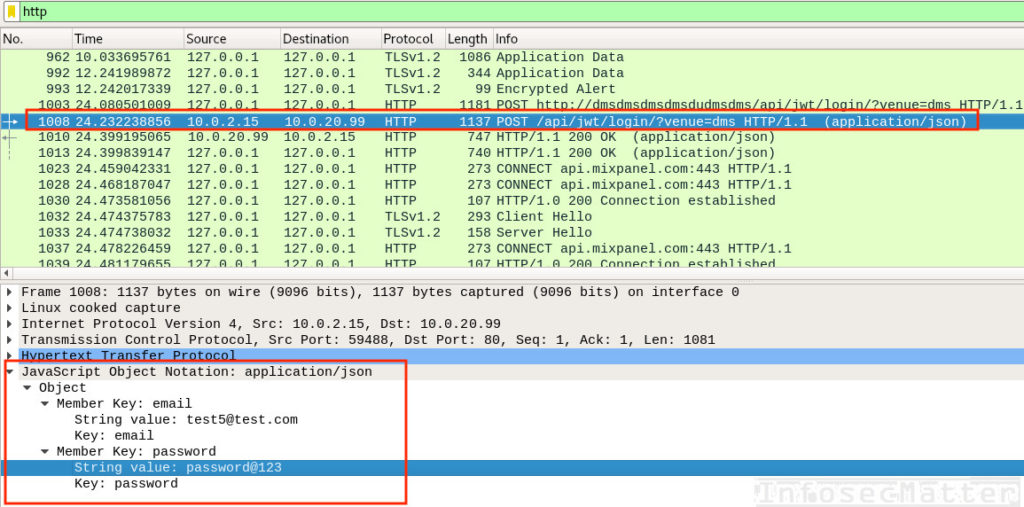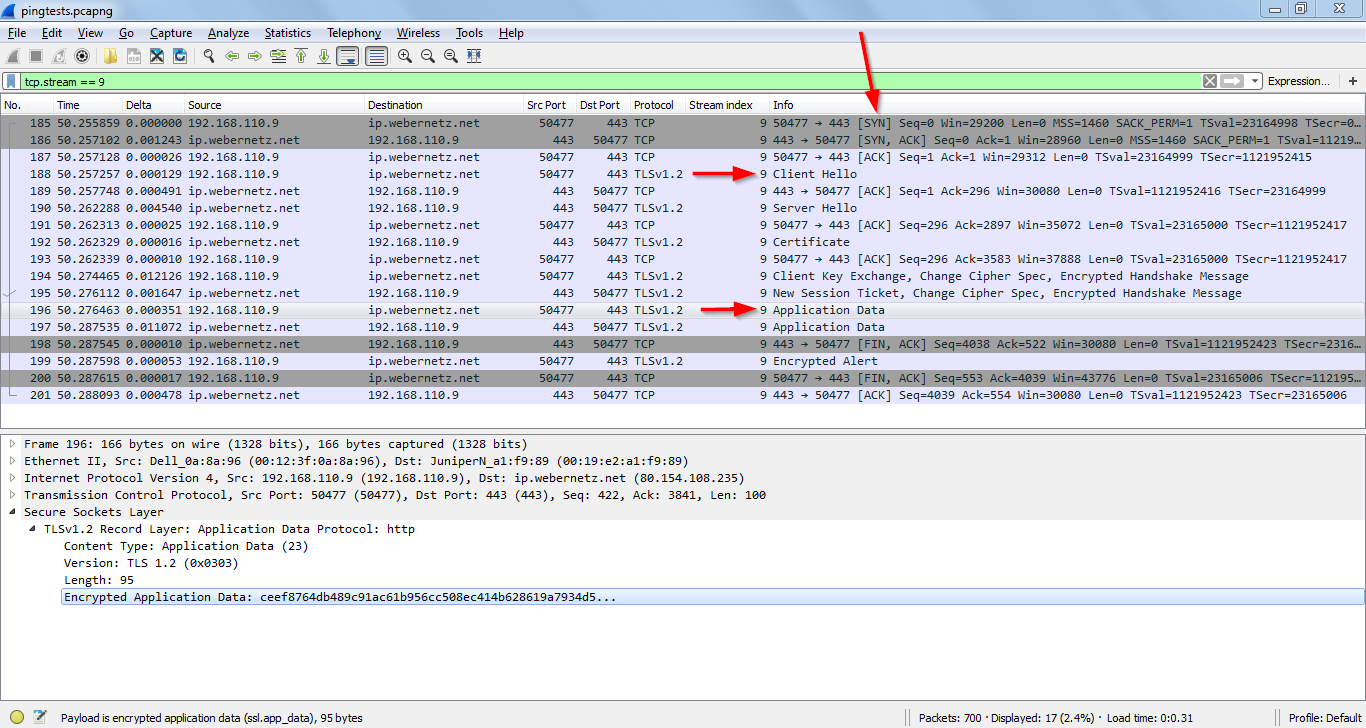
The last two gets are for the separate locations of the images on the initial web page.ġ7. How many HTTP GET request messages did your browser send? To which Internet addresses were these GET requests sent?ģ HTTP GET request messages were sent by my browser. How many data-containing TCP segments were needed to carry the single HTTP response and the text of the Bill of Rights?ģ data-containing TCP segments were needed to carry the single HTTP response and the text of the Bill of Rights.ġ6.
WIRESHARK HTTP 1.0 OR 1.1 CODE
The status code from this packet was a 200, and the phrase was an OK.ġ5. What is the status code and phrase in the response? Packet 23 contained the response to the HTTP GET request.ġ4. Which packet number in the trace contains the status code and phrase associated with the response to the HTTP GET request? Packet number 18 contained the GET message for the Bill of Rights.ġ3. My browser sent only one HTTP GET request message. How many HTTP GET request messages did your browser send? Which packet number in the trace contains the GET message for the Bill or Rights? After a Google search, it appears this was not supposed to happen.ġ2. This means that the server explicitly returned the contents of the file. The HTTP status code that the server responded with was a 200 OK, surprisingly. What is the HTTP status code and phrase returned from the server in response to this second HTTP GET? Did the server explicitly return the contents of the file? Explain.

The information that followed the “IF-MODIFIED-SINCE:” header that was not present in the other HTTP GET was the date it was modified, a match query, and a cache-control (I suppose this is part of why the cache had to be cleared first).ġ1.

Do you see an “IF-MODIFIED-SINCE:” line in the HTTP GET? If so, what information follows the “IF-MODIFIED-SINCE:” header?Īn “IF-MODIFIED-SINCE:” line in the HTTP GET was present. Now inspect the contents of the second HTTP GET request from your browser to the server. I am able to tell this because of the Line-based text data in the OK response to the GET.ġ0. Yes, the server explicitly returned the contents of the file. Did the server explicitly return the contents of the file? How can you tell? Inspect the contents of the server response.

No, there is no “IF-MODIFIED-SINCE” line in the HTTP GET.ĩ. Do you see an “IF-MODIFIED-SINCE” line in the HTTP GET? Inspect the contents of the first HTTP GET request from your browser to the server. No, I do not see any headers that are not displayed in the packet window.Ĩ. By inspecting the raw data in the packet content window, do you see any headers within the data that are not displayed in the packet-listing window? If so, name one. How many bytes of content are being returned to your browser?ġ28 bytes of content are being returned to my browser.ħ. The HTML file was last modified on May 4th, 06:07:01 GMTĦ. When was the HTML file that you are retrieving last modified at the server? What is the status code returned from the server to your browser?ĥ. The IP address of my computer is 10.33.47.177. What is the IP address of your computer? Of the gaia.cs. server? Where it says Accept-Language, it lists US English as its accepted language.ģ. What languages (if any) does your browser indicate that it can accept to the server?

This image shows the server using HTTP version 1.1.Ģ. This image shows my browser running HTTP version 1.1. Is your browser running HTTP version 1.0 or 1.1? What version of HTTP is the server running?


 0 kommentar(er)
0 kommentar(er)
